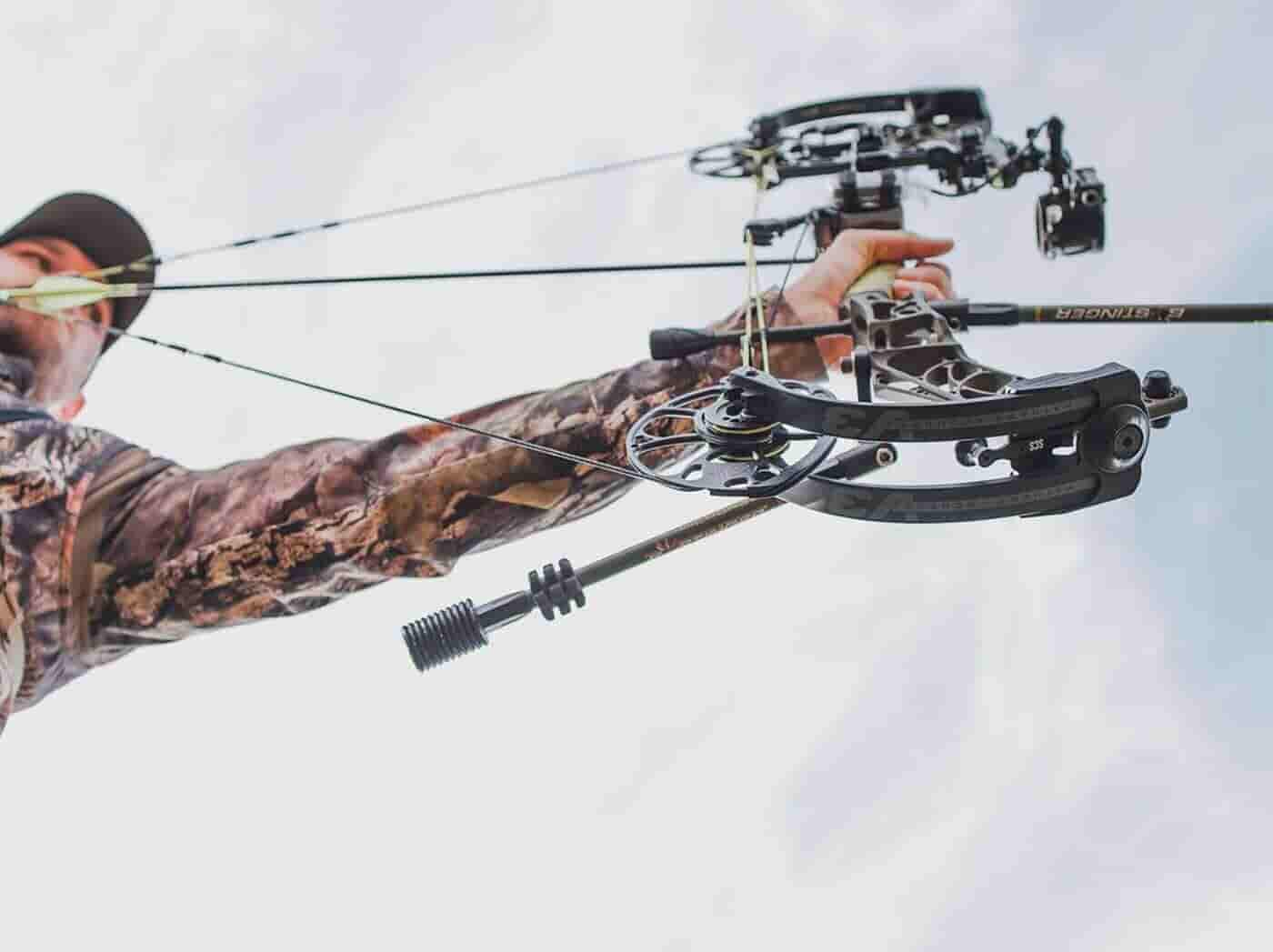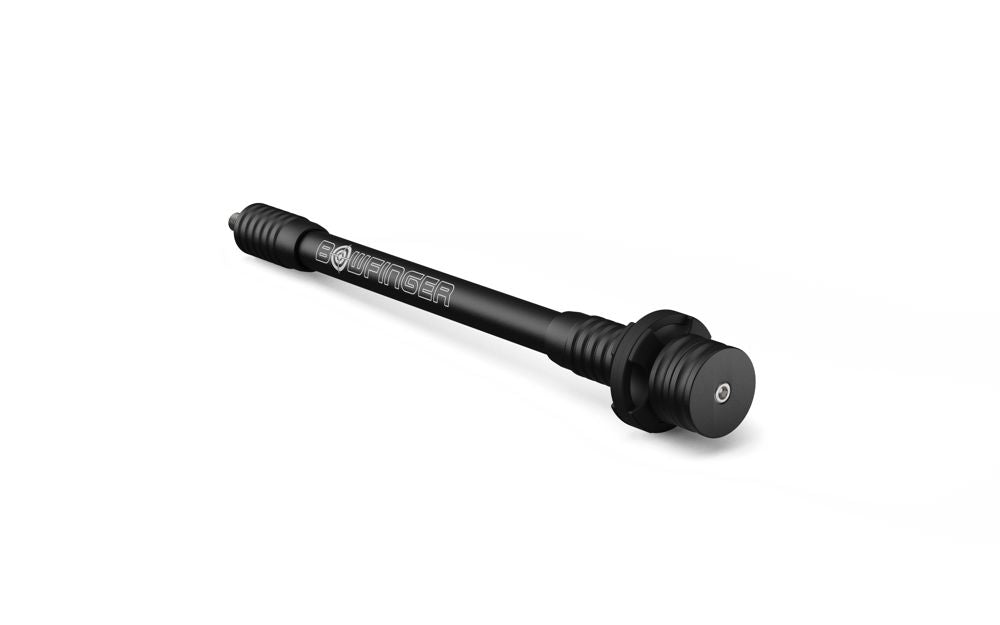Optimize Your Archery Efficiency With the Perfect Stabilizer: a Thorough Customer's Overview
Archery enthusiasts know the significance of having the best equipment to enhance their performance. While arrows and bows may steal the spotlight, an important piece of gear that often goes overlooked is the stabilizer. A stabilizer can dramatically affect your shooting accuracy and security, however discovering the ideal one can be a complicated task. In this thorough customer's guide, we will discover the various kinds of stabilizers, key factors to take into consideration, the significance of appropriate length and weight, picking the ideal damping system, and maintenance pointers. Whether you're a skilled archer or just beginning, this overview will help you browse the world of stabilizers and optimize your archery efficiency.
Sorts Of Stabilizers
There are three primary sorts of stabilizers generally utilized in archery performance. These stabilizers play an important role in improving accuracy and decreasing bow torque. The first type is the lengthy rod stabilizer. Lengthy rod stabilizers are commonly connected to the front of the bow and expand outwards. They supply balance and stability throughout the shot, decreasing any unnecessary motion. Lengthy rod stabilizers are particularly reliable in decreasing bow torque, permitting for a more consistent and stable release.
The 2nd type of stabilizer is the side rod stabilizer. Side rod stabilizers are connected to the side of the bow and aid counterbalance any lateral motions. They assist in keeping a straight and steady goal, specifically when dealing with crosswinds or uneven surface. Side pole stabilizers are especially important for archers who fire from a standing setting and require security on both the upright and straight axes.
The third type of stabilizer is the V-bar stabilizer. V-bar stabilizers are normally utilized in conjunction with side rod stabilizers to better boost stability.
When selecting the right devices to enhance archery performance,Recognizing the various types of stabilizers is essential. Each stabilizer kind serves a specific purpose, and selecting the appropriate mix can substantially improve precision and consistency on the variety or in the field.
Trick Elements to Consider

Primarily, it is important to think about the length and weight of the stabilizer. Longer stabilizers give increased stability and balance, while shorter ones provide even more ability to move. The weight of the stabilizer influences the total balance of the bow, and it is essential to locate a stabilizer that complements the weight of your bow.
Another essential element to think about is the material of the stabilizer. Stabilizers are frequently made from light weight aluminum, carbon, or a combination of both. Aluminum stabilizers are durable and provide excellent vibration wetting, while carbon stabilizers are light-weight and offer superior vibration absorption.
Furthermore, it is essential to examine the style and adjustability of the stabilizer. Some stabilizers include flexible weights and dampeners, allowing you to personalize the equilibrium and resonance control. Furthermore, taking into consideration the mounting options and compatibility with your bow is necessary to ensure a appropriate and protected fit.
Last but not least, budget plan is a substantial aspect to think about. Stabilizers come in a variety of rates, and it is vital to discover one that fits within your budget while still fulfilling your performance requirements.
Relevance of Appropriate Length and Weight

Correct length and weight are essential elements that considerably affect the efficiency of an archery stabilizer. It is important to take into consideration the shooting design, target distance, and personal choice when selecting the length of a stabilizer.
Similarly, the weight of the stabilizer plays an important function in achieving optimal efficiency. A much heavier stabilizer absorbs more vibration and decreases bow movement throughout the shot, leading to a steadier aim and tighter teams. A stabilizer that is too hefty can trigger fatigue and influence the shooter's capability to hold steady. It is very important to strike an equilibrium between weight company website and ability to move to assist in comfortable capturing and preserve consistency.
Furthermore, the size and weight of the stabilizer ought to be suitable with the archer's physical strength and capturing strategy. By selecting the appropriate length and weight, archers can enhance their security, decrease bow torque, boost accuracy, and improve total performance. It is suggested to talk to seasoned archers or experts to make certain the finest suit between the stabilizer and private capturing needs.
Choosing the Right Damping System
The option of an appropriate damping system is important in optimizing the performance of an archery stabilizer. A damping system is made to reduce the vibrations and noise produced when an arrowhead is released, supplying the archer with a more exact and stable shot. There are numerous factors to think about when picking the appropriate damping system for your stabilizer.
First of all, it is very important to consider the type of material used in the damping system. Rubber and rubber-like products are generally made use of as a result of their ability to absorb vibration efficiently. These materials are also resilient and lightweight, making them ideal for archery stabilizers.
Secondly, the layout of the damping system should be thought about (archery stabilizer). Try to find a system that uses several get in touch with points with the stabilizer, as this will distribute the resonances more equally and better improve the stabilizer's efficiency
Additionally, consider the adjustability of the damping system. Being able to tweak the level of damping can be advantageous, as different archers might have differing preferences and shooting designs.
Finally, it is essential to ensure that the picked damping system works with your stabilizer. Check the Home Page specifications and measurements to make sure a proper fit.
Upkeep and Treatment Tips
To ensure optimum performance and longevity of your archery stabilizer, it is vital to apply appropriate maintenance and treatment techniques. Normal upkeep not only protects against deterioration but likewise helps recognize any possible issues prior to they come to be major troubles. One of the very first steps in preserving your stabilizer is to cleanse it on a regular basis. Use a soft towel or brush to remove dirt, dirt, and particles from the stabilizer and its parts. Pay unique focus to the weight system, as dirt can build up in the threads and impact its capability. Additionally, evaluate all the parts of the stabilizer for any kind of signs of damages or wear, such as cracks or loosened screws. It is important to address them quickly to stop more damage if any problems are identified. Lubricating the moving parts of the stabilizer, such as the dampers and weight system, is likewise vital to guarantee smooth operation. Utilize a high-quality lube suggested by the supplier and adhere to the instructions provided. Lastly, store your stabilizer in a great, completely dry area far from straight sunshine and severe temperatures to avoid warping or other damage. By adhering to these upkeep and treatment ideas, you can optimize the performance and durability of see this here your archery stabilizer.
Final Thought
Finally, selecting the ideal stabilizer for archery is important for optimizing performance. By considering variables such as stabilizer type, size, weight, and damping system, archers can improve their accuracy and security. Additionally, proper upkeep and care of the stabilizer is essential for its long life and optimal performance. With the best stabilizer and correct interest to these factors, archers can boost their overall archery experience.
The second kind of stabilizer is the side rod stabilizer.The 3rd kind of stabilizer is the V-bar stabilizer. V-bar stabilizers are usually made use of in conjunction with side pole stabilizers to further improve security. The weight of the stabilizer affects the general equilibrium of the bow, and it is essential to locate a stabilizer that complements the weight of your bow.
Light weight aluminum stabilizers are sturdy and offer exceptional vibration dampening, while carbon stabilizers are light-weight and deal exceptional resonance absorption.
Comments on “Boost Your Precision: The Duty of Archery Stabilizers”